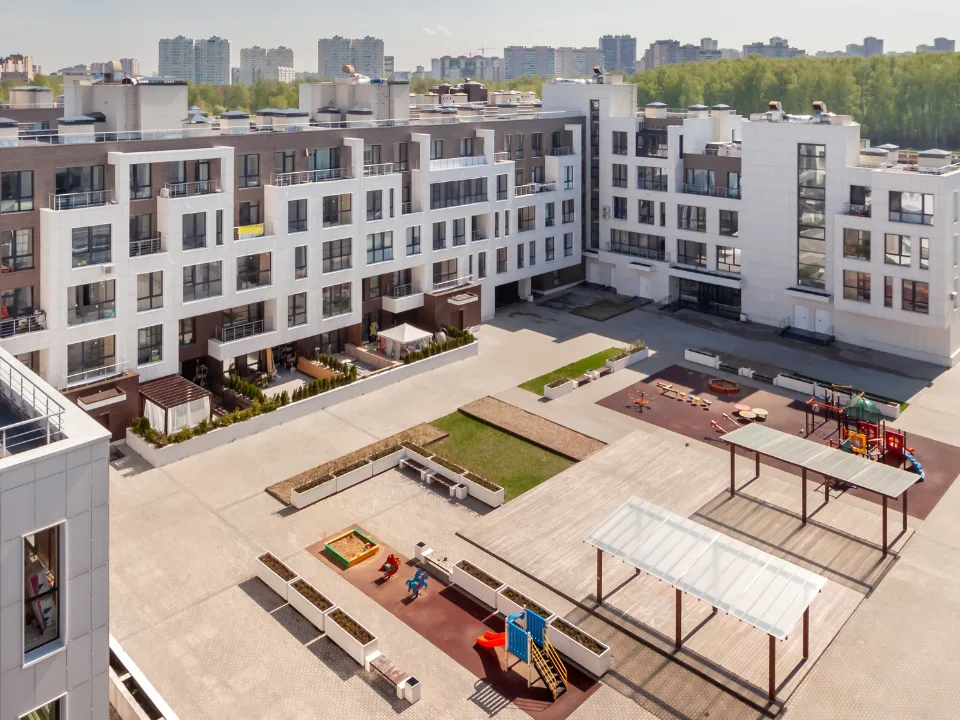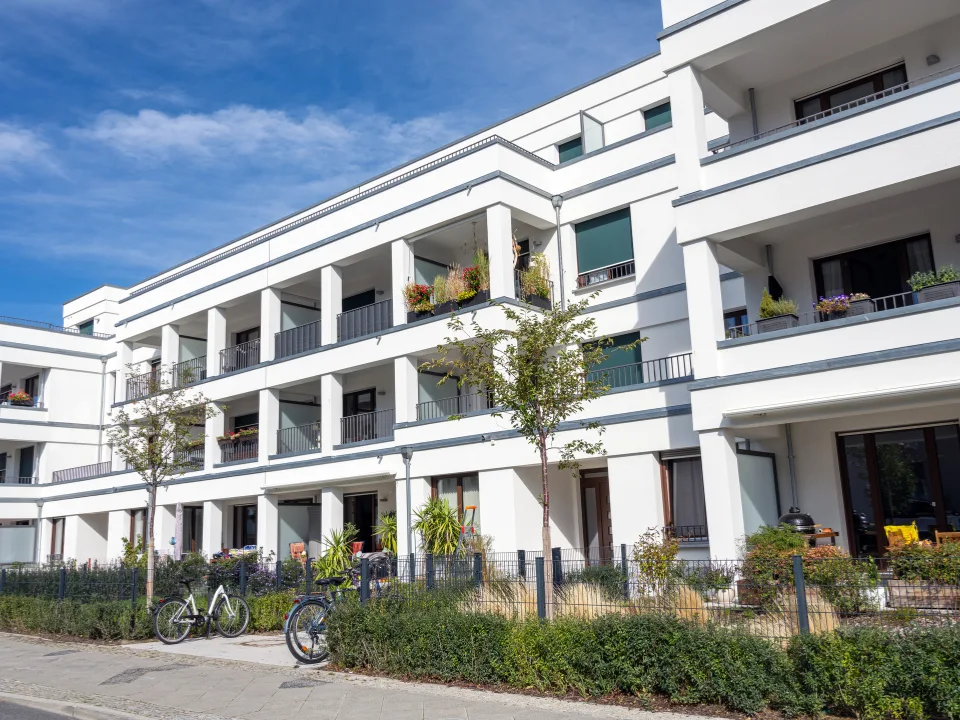- Southern cities like Raleigh, Austin, Baltimore, Atlanta, and Charlotte are top destinations for recent college graduates looking for jobs.
- These cities tend to have more job openings and are more likely to offer good salaries and affordable living costs.
- A mix of tech, healthcare, and finance employers also contribute to job growth in these growing regions.
- High living costs and slower hiring make metros like Salt Lake City, Seattle, and Portland less favorable for new graduates.
In a challenging job market for recent college graduates, smaller Southern U.S. cities stand out for their hiring rates, good salaries, and overall affordability.
Cream of The Crop
Southern cities like Raleigh, Austin, Baltimore, Atlanta, and Charlotte have emerged as the most promising for newly minted college graduates, according to a study by payroll provider ADP. Researchers evaluated cost-of-living-adjusted wages and hiring rates for people typically holding a four-year degree across 55 metro areas.
Cities like Atlanta and Austin are actively promoting their vibrant job markets and social scenes to attract young professionals. The Metro Atlanta Chamber, for example, launched a campaign targeting new grads and professionals under 40, while Austin’s job growth continues to outpace the national average despite cooling off from its pandemic boom.
Overall, cities in the South are thriving due to a concentration of tech, healthcare, and finance firms and many reputable universities. Raleigh, for instance, is part of the Research Triangle, home to Duke University. Companies like Gilead Sciences (GILD), Cisco Systems (CSCO), and MetLife (MET) have recently expanded their recruitment efforts in these cities as well.
Bottom of The Barrel
Meanwhile, Western metros like Salt Lake City, Seattle, and Portland ranked among the worst U.S. metros analyzed by ADP when it came to job prospects, due to their slower hiring rates and lower wages (adjusted for cost of living).
Employers in these cities have scaled back white-collar hiring, especially for entry-level positions, despite investments in AI that have reduced headcount requirements for simpler jobs.
What Gen Z Thinks
Ryan Garwood, a 2023 graduate, moved from San Jose to Austin for a job in software business development, attracted by lower living costs in Texas compared to California. Gabrielle Myers, who graduated from Coastal Carolina University, found promising opportunities in Charlotte’s finance and tech sectors for the same reason.
For many young professionals across the country, the cost of living right out of college (and with all that student debt) is a significant factor. Yusuf Benallal, 30, moved to Charlotte after spending his 20s in more expensive cities like Miami and Washington, D.C. He noted that his expenses in Charlotte are much lower, allowing him to thrive financially.
Why It Matters
The unemployment rate for American workers aged 20 to 24 is now higher than it was before the pandemic. According to a recent Goldman Sachs analysis, the monthly hiring rate for job seekers with little to no experience has also dropped from a peak of 20% to just 13%.
These days, new graduates have no choice but to consider cities where they stand a high chance of finding jobs and affording a decent lifestyle—even if initial salaries are lower than in more expensive cities. Raleigh is a prime example of a city offering more affordable living costs to young job professionals while maintaining a robust job market.
















